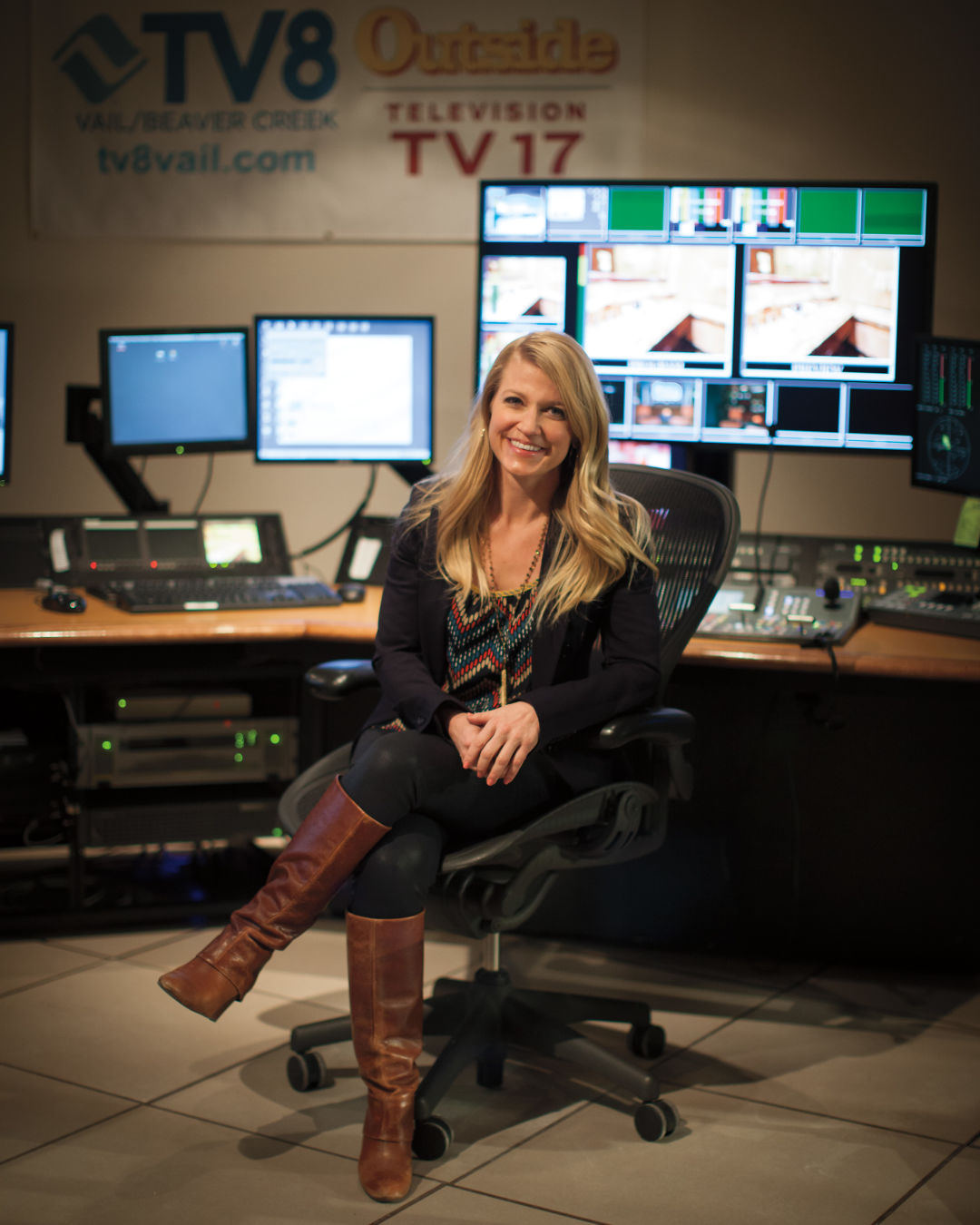Kindred Spirit

Image: Charles Engerlbert
I was born and raised in Kindred, North Dakota. There’s a sign on either end of town that says, “Welcome to Kindred. Where kindness is a way of life.” About 500 people live there. My family was an agriculture family. We didn’t have any cattle or livestock on our farm; we just had tractors. We did soybeans, sugar beets, corn, barley. Wheat was big for us.
I was pulling mustard weeds when I was 5 and started driving the garden tractor in the second grade, mowing lawns. In junior high and high school, I started doing work with heavy machinery—big combines, which take the wheat from the stalk and get it down to the kernel. My dad would tell me and my sisters, “You get in the combine, you get in the tractor, and you get in the truck, and we’ll get this crop off before it rains.” If it was sunny, we’d be out pulling weeds in our swimsuits because we could get a tan.
I drove a massive John Deere 8650 that has four wheels in the front and four wheels in the back. The tires are taller than I am. I climbed a ladder to get in. It was one thing to drive that in a field, but when I drove it home the combine would take up the entire road. I thought about my friends who were doing high school jobs at a fast-food place or at the mall, and I’d be driving these $130,000 machines. But I got paid quite well. I was paying taxes in the sixth grade. I had money in the bank.
My parents were 40 when they learned to ski. I don’t know what the catalyst was to get them to start. Who starts skiing when they’re 40, especially when they’re farmers? But we’d go to little hills in Minnesota. I was the one who took to it the most. After we learned, we’d take different trips each year: Colorado, Wyoming, Canada, New Mexico.
When I was in college, I worked a couple summers at a resort in Lake Tahoe. They would pick people from the Midwest because they knew we had a good work ethic. That gave me the bug to go west. I ended up working at Heavenly for a winter after I graduated, then moved to Vail in 1995. I started as a kids’ ski instructor at the Beav; during the summer I mowed the greens and tee boxes at the golf course. I got two raises while I was there. They were like, “You show up on time, you don’t sleep on the job, and you actually do good work.” I didn’t understand why that meant I should get a raise.
Vail was just going to be a rest stop, but then I found out about a part-time position as a Beaver Creek host on TV8. I applied on a whim and was so surprised when I got it. It was like, Now what do I do? That led to a job doing outdoor updates for CNN Headline News and the Weather Channel. The updates would air in cities like Chicago, Houston, Boston, and Denver, and my friends would see them randomly across the country. That led to a full-time position at TV8.
As the host of Good Morning Vail I’m almost an on-air concierge, helping visitors figure out how to start their day, how they should spend their time on vacation, because there are so many cool things to do here. Just making people feel included. I love it when I go to the restaurant or the event that I was talking about that morning, and someone recognizes me and will say, “Oh hey, we watched you this morning, and that’s why we came.”
I have a lot of friends from the city who say, “Don’t you miss the culture and the museums and that sort of thing?” And I say, “No, not really.” Because I get to interview some of the artists who are going to be at the galleries and the performers who will be at the Vilar. We have some of the best culinary options anywhere and some of the best events, whether it’s World Cup ski racing or Bravo! in the summertime. I literally call it my small town with sushi.
It gets cold here, but the temperatures are never quite as bad as what I grew up with, when you’d get the days that you’d hear about on the news, “Oh, it was 60 below zero in Fargo, North Dakota, today.” But those were rare.
The cold snap we had here in early December was harsh: the pipes at our studio burst through the wall and flooded the studio. We had standing water; it was coming down like rain. The ceiling tiles disintegrated. Our live morning show was off the air for four days, then we did a makeshift show outside the studio for eight days. We thought we’d lost everything, but a company was able to retrieve quite a bit of archival footage.
Even though I work five days a week, I still try to ski about forty days a season. At the beginning of every season, when I get back on the hill and start seeing the families coming out, I think, “If my parents hadn’t tried skiing, would I be here?” And I kind of internally thank them. They introduced me to skiing, and now I have the life that I have today.






































